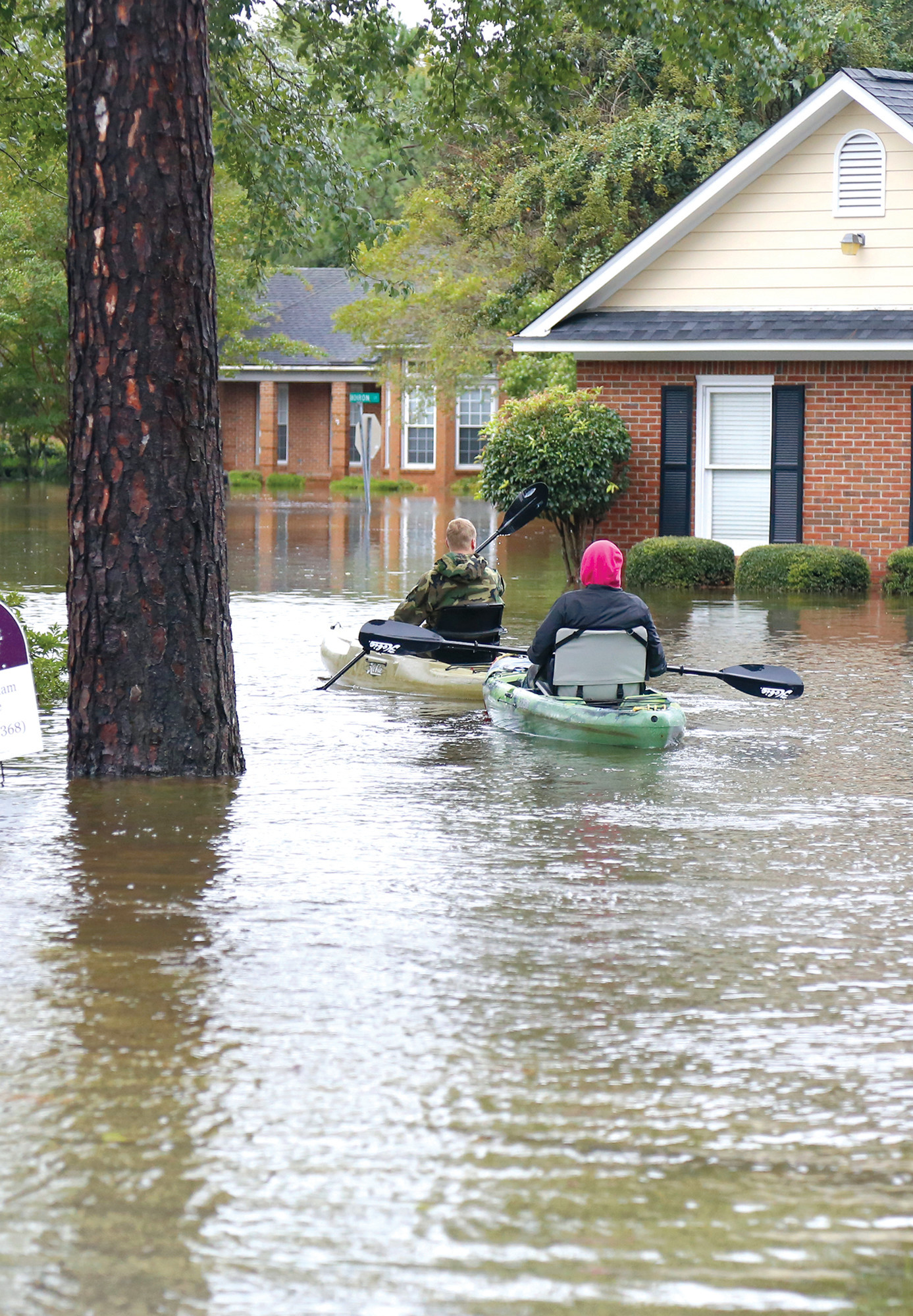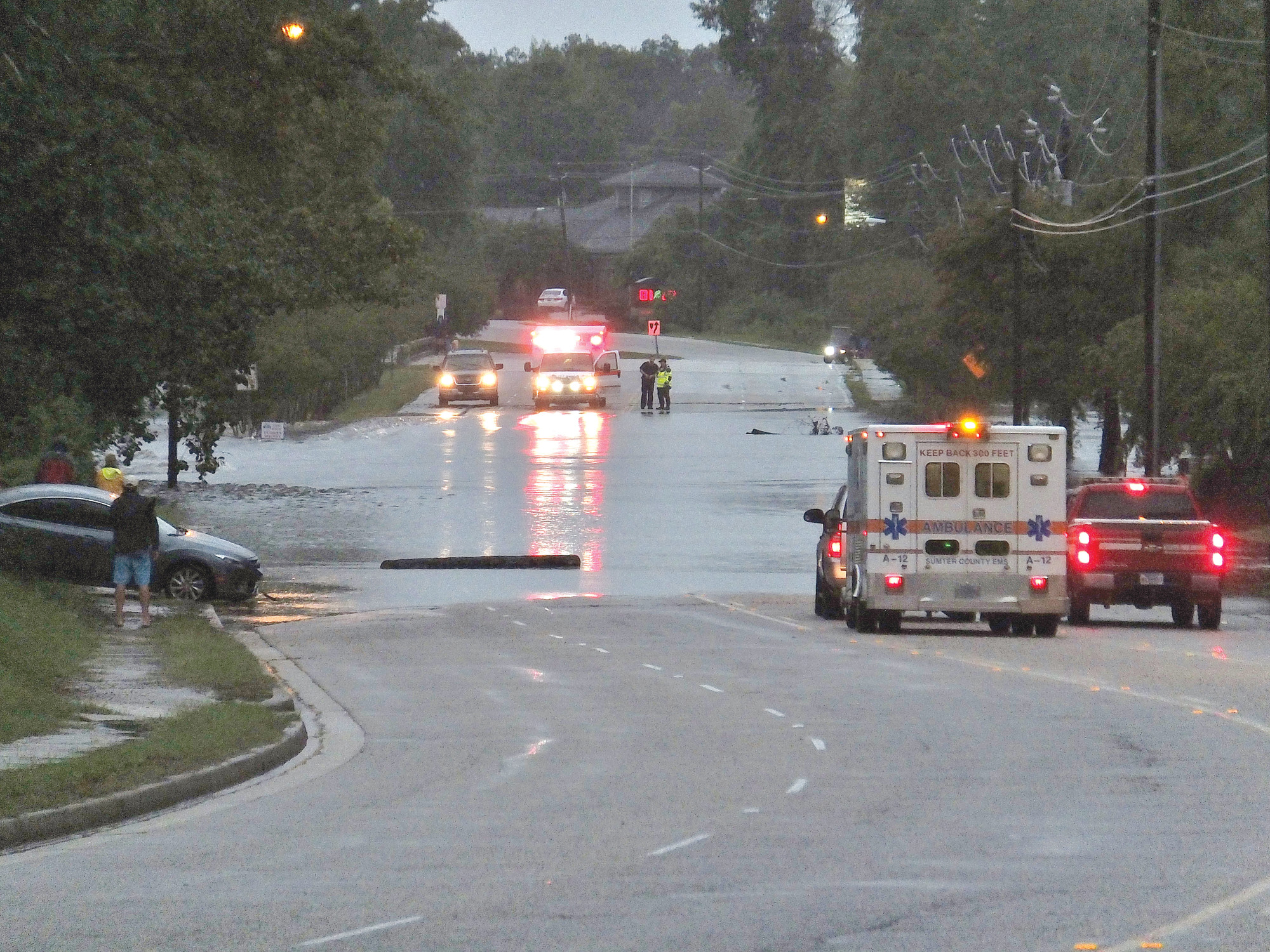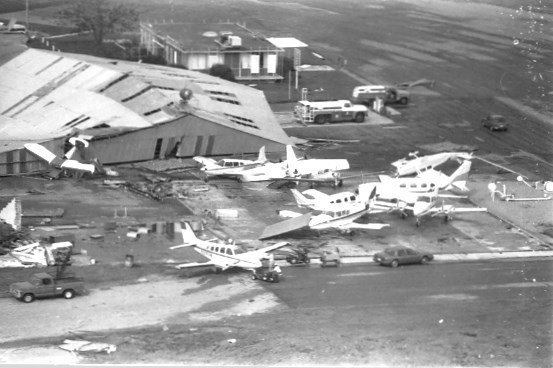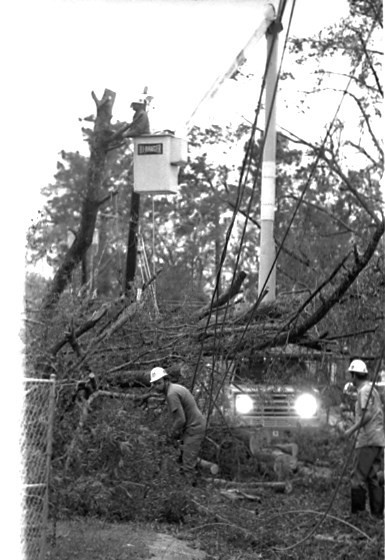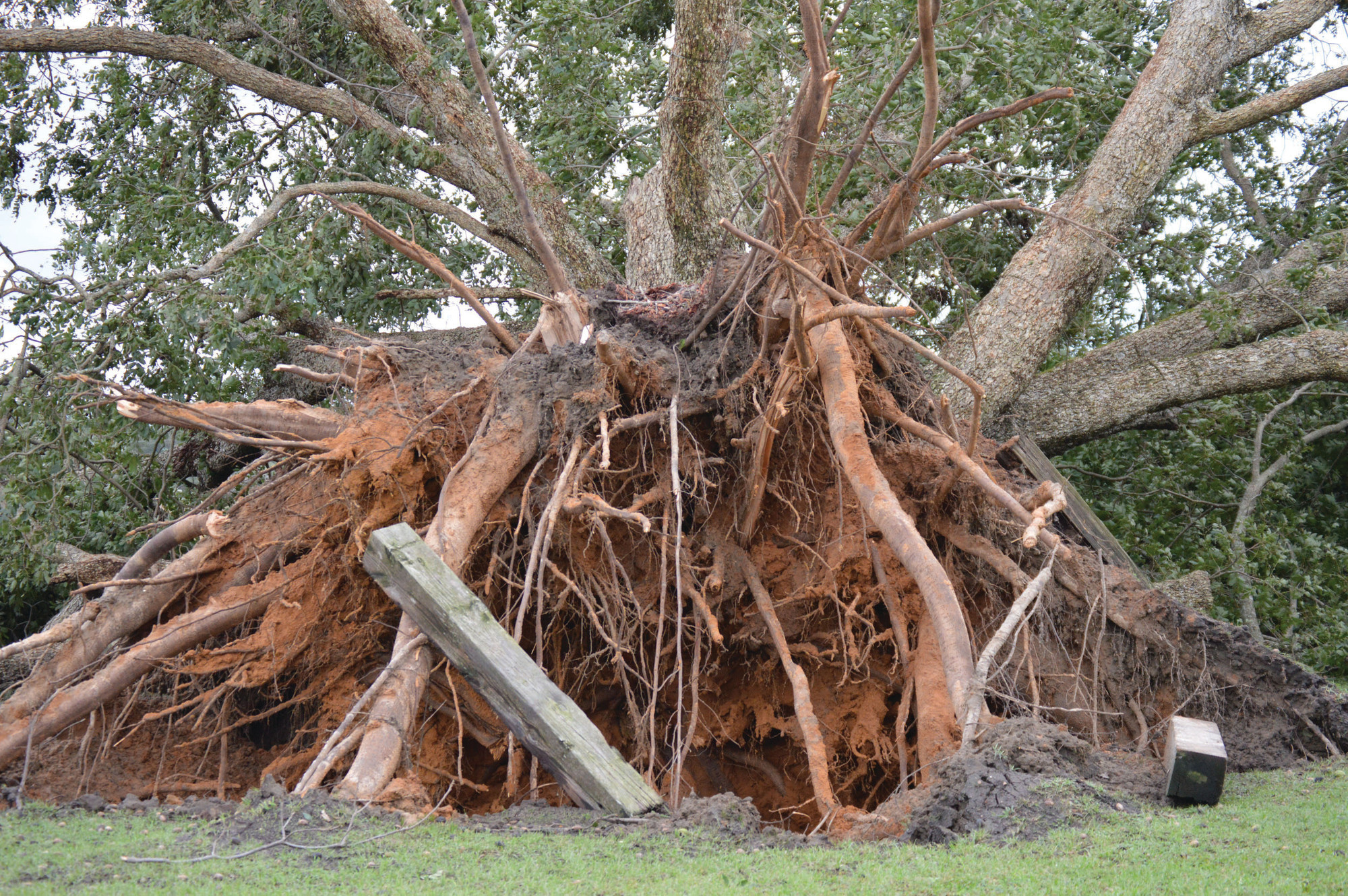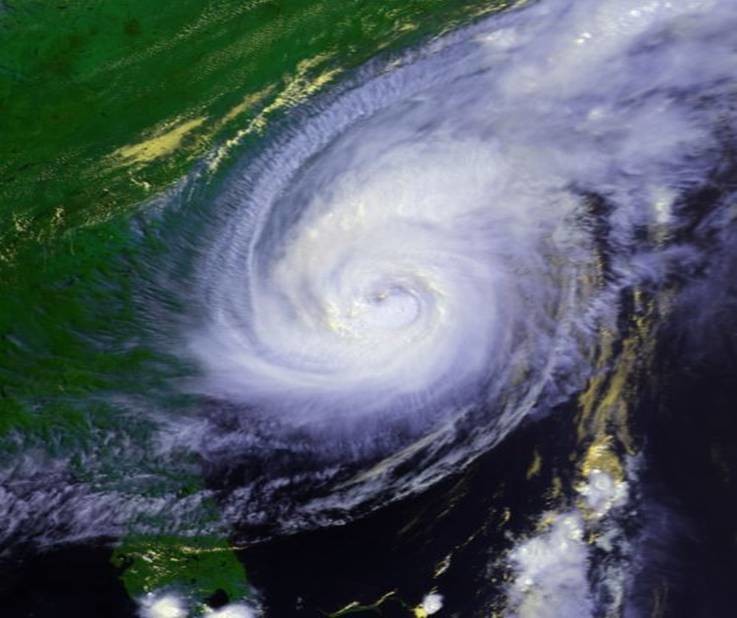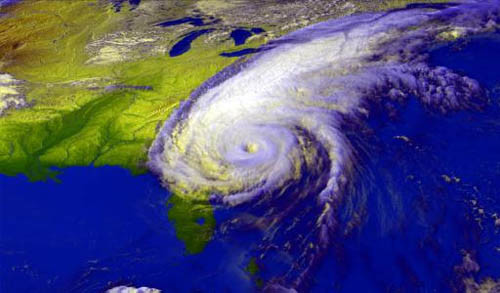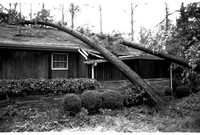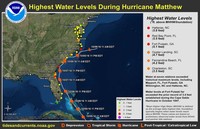As Florence approaches, Sumterites have not forgotten Hugo and other past hurricanes
kayla@theitem.com
As Hurricane Florence bears down on South and North Carolina, Sumterites and area residents, whether they've been here for decades or only in the past few years, are no stranger to the destructive force of Mother Nature.
When Florence makes landfall on Thursday or Friday, it will be a Category 4 or even 5 major hurricane, according to forecasts from the National Weather Service. Gov. Henry McMaster said at a press conference on Monday that Florence may be the first Category 4 hurricane to strike South Carolina since Hurricane Hugo wreaked havoc almost 30 years ago.
But Hugo is not the most recent natural disaster to come to town.
Hurricane Hugo
1989 || Category 4
Though it was a Category 5 at its peak, when Hugo came ashore just north of Charleston on Sept. 22, the storm left 34 dead in the Caribbean and 27 dead in South Carolina, destroyed the homes of about 100,000 people and created about $9.47 billion in damage, $7 billion of which was in the U.S. and Puerto Rico. At the time, it was the most costly hurricane ever in the Atlantic.
In Sumter, Shaw Air Force Base recorded winds at 109 miles per hour.
Hugo caused $658 million in damage in Sumter, according to reports at the time in The Sumter Item. Crops were leveled. More than 1,933 families were displaced from nearly 1,000 damaged and more than 200 destroyed homes. Almost 400 Sumterites were injured. One child died in a mobile home.
Hurricane Bonnie
1998 || Category 3
Bonnie, which was blamed for three deaths and $720 million in damage, landfall near Wilmington, North Carolina, and caused $25 million in insured property damage in South Carolina.
Hurricane Floyd
1999 || Category 2
Striking North Carolina as a Category 2 hurricane but reaching strengths as intense as nearly a Category 5 as it crossed over the Bahamas, Floyd still caused flooding in South Carolina and especially North Carolina.
Initial shoreline topography in North Carolina measured with airborne laser altimetry after the storm passed indicated shoreline erosion and dune retreat damage were worse than Bonnie.
Hurricane Charley
2004 || Category 1
Hurricane Charley crossed Florida as a Category 4 before reaching South Carolina as a Category 1 storm, at its height being recorded as the strongest hurricane to hit the U.S. since Andrew struck Florida in 1992.
After moving back into the Atlantic from Florida, Charley came back ashore near Cape Romain and went offshore one more time before making a final landfall at North Myrtle Beach. The
Including four deaths in Cuba and one in Jamaica, the total death toll reached 15, though another 24 in Florida and one in South Carolina were indirectly caused by Charley.
1,000-year flooding
2015 || Hurricane Joaquin
Though the Category 4 hurricane never directly struck the U.S., the storm that battered the Bahamas and Caribbean caused a large moisture system to form over the southeastern states, leading to catastrophic flooding in South Carolina, especially in the Columbia metro area and Charleston. The non-tropical low drew moisture from Joaquin, creating an atmospheric river between the two.
Rainfall amounts in the Midlands broke 20 inches in Richland, Sumter and Orangeburg counties.
The flooding killed 19 people in the state and caused $2 billion in additional damage.
Hurricane Matthew
2016 || Category 5
As some were still recovering from Joaquin and flooding, Matthew barreled through as the first Category 5 Atlantic hurricane since Felix in 2007.
At least 430,000 lost power, and Charleston received significant flooding when a seawall was breached. Hilton Head Island was also heavily flooded.
Sumter recorded a 61 mph wind gust.
Information gathered from the National Weather Service, National Hurricane Center, twc.com and The Sumter Item.
More Articles to Read

